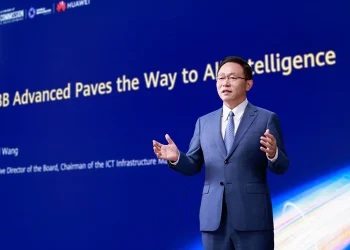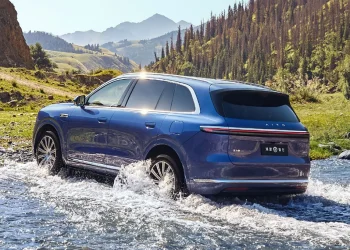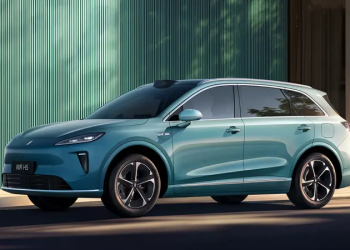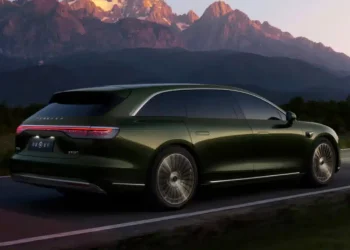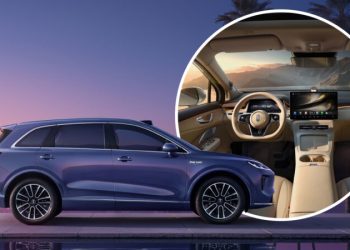Toyota AI-powered EV platforms and Huawei DriveONE technology headlined the 2025 Toyota Technology Day in China, marking a significant shift in Toyota’s global tech strategy. While vehicle announcements drew attention, the real focus was on how Toyota plans to reshape its electric and smart mobility future through deep collaboration with local Chinese tech giants.
Toyota, together with its joint venture partner GAC, introduced two all-new NEV (new energy vehicle) platforms. These platforms support a mix of electrified drivetrains—ranging from fully electric and plug-in hybrids to range-extender models. One platform targets compact and mid-size vehicles under 5 meters, while the other supports larger vehicles up to 5.3 meters, ideal for executive sedans and large SUVs.
The first vehicle to ride on the larger platform will be the Toyota bZ7, the company’s electric flagship for China. Expected in early 2026, the bZ7 brings premium size and features that could rival the Tesla Model S in China—at a more competitive price. But what truly sets the bZ7 apart is its tech: it will be the first Toyota model powered by Huawei DriveONE, a fully integrated powertrain that combines the motor, inverter, and motor control unit in one seamless system.
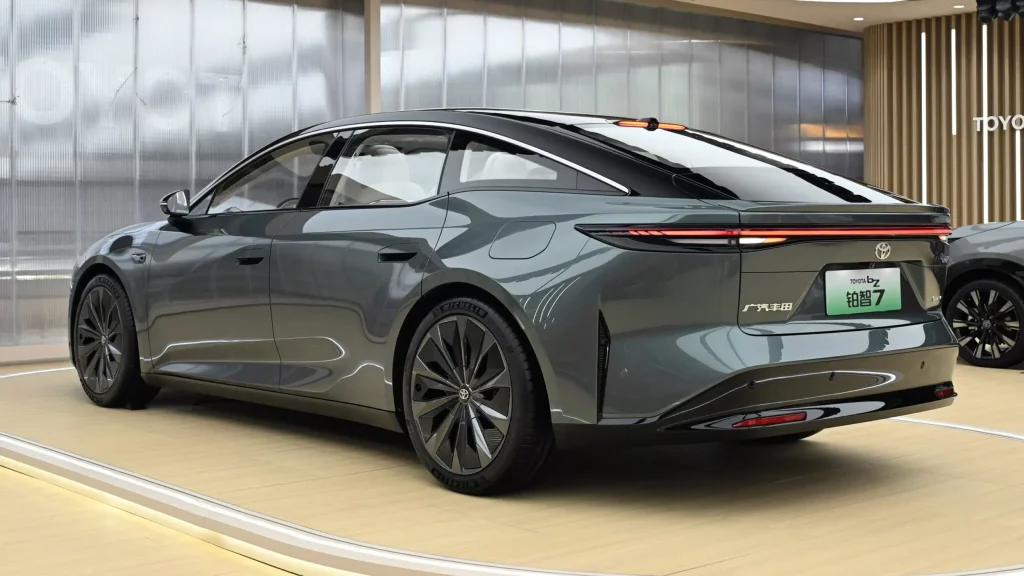
Inside, the bZ7 will feature Huawei’s Hongmeng cockpit, offering users a familiar smart device experience with improved connectivity, in-car apps, and personalized digital assistants. A built-in LiDAR sensor hints at the vehicle’s advanced driver assistance capabilities, paving the way for higher levels of autonomy.
Toyota and GAC aren’t stopping there. The joint venture is also developing a next-generation electronic architecture to enable more advanced ADAS (Advanced Driver Assistance Systems) and intelligent cockpit systems. Artificial intelligence will be the core engine of these systems, gradually transforming in-car voice assistants into intuitive digital companions. GAC expects this “caring butler” to evolve into a “symbiotic partner” by 2028—capable of responding emotionally to driver needs and preferences.
Adding to the tech ecosystem, Xiaomi will provide additional in-vehicle solutions, including audio systems and smart intercommunication between front and rear passengers via built-in displays and cameras. This setup promises to turn the car cabin into a dynamic, connected environment tailored to each user’s needs.
Looking beneath the surface, Toyota also plans to integrate an AI-powered intelligent digital chassis. This system will scan road conditions in real time and adapt suspension settings using electromagnetic dampers and dual-chamber air suspension. The result is a smoother, more responsive ride that matches or exceeds luxury EV standards set by brands like Tesla.
Beyond vehicles, Toyota AI-powered EV platforms are part of a broader push to embed AI across the value chain. GAC Toyota plans to apply artificial intelligence in R&D, manufacturing, quality control, and supply chain logistics. This move could redefine how the automaker designs and delivers future vehicles, especially in China’s fast-moving tech ecosystem.
While Toyota has not confirmed if these advancements will extend to its global lineup, the Chinese market remains its prime innovation testbed. With over 10 million 5G-A users and rapid EV adoption, China offers a live lab for AI, autonomy, and electrification. At the same time, commercial momentum is building as new experience monetization strategies—such as premium AI-based services and dynamic upgrade options—start to take hold.
The event made one thing clear: Toyota AI-powered EV platforms, coupled with Huawei DriveONE, mark a decisive evolution in Toyota’s electrification journey. The bZ7 will be the first of many models designed not just with mobility in mind, but with intelligence at their core.
As we move into 2026 and beyond, Toyota’s tech partnerships with Huawei and Xiaomi may define how the automaker remains competitive in a software-defined, AI-powered automotive future.


